|
In this era of mobile computation, it is important to understand how architectural space is continually determined through digital interfaces, as much as it is by its physical counterparts. As computational intelligence strengthens within the domain of augmented reality technology, it becomes vital to understand how people experience physical space through a series of digitally crafted landscapes, and how these digital interfaces can become embedded within architectural design and fabrication. At present, augmented reality technology is widely used within the architectural design process, predominantly for visualising virtual models, and experiencing designs in a more immersive manner. However with the emergence of greater mobile computation, digital headwear, and smarter environmental tracking capabilities, we are faced with the challenge of designing meaningful responses to AR technology, which surpass, mere visualisation, and question our uses for such computation from a spatial perspective. In this way the use of virtual architecture within the realm of augmented reality becomes itself, the product, easily superimposed onto the real world, without the constraints of physical construction and materiality. The challenge however remains a design agenda, how do we create physical architecture to accommodate augmented reality interfaces? Moreover how do we create spatial augmented realities, which provide meaningful responses to our social and environmental conditions? In this article lets explore the many ways in which current AR technology can be deployed to revitalise the built environment. 1: GamingGaming is a widely practiced use within AR, especially after the success of Pokomon go, and the start of location-specific social gaming. Understanding how to create new social experiences within the built environment provides a whole host of new programmes that could be introduced into public spaces such as parks, and museums. The ability to make location specific gaming experiences which work on top of physical architecture allows users to create a new form of connection with spaces, providing entertainment, social engagement, and a new identity to physical architecture. 2: Way-findingThe ability to augment outdoor spaces or inside public buildings such as museums, airports, and shopping centres, allows designers to consider how new AR landscapes can be configured within physical architecture, and how way-finding in AR can assist in creating an intuitive spatial experience. Peak Finder app is an initial example of how AR can be used with location specific services to help define the names of nearby mountains in a simple, easy to understand way-finding AR experience! 3: Information
4: Consumerism
5: Art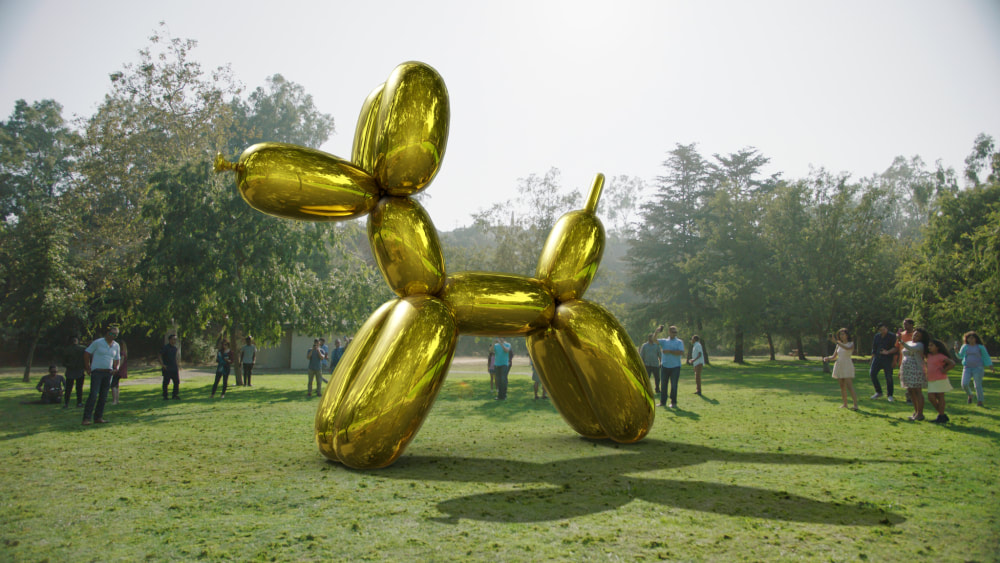 Street art in Augmented reality can take a whole new direction without the constraints of materiality. In this arena of street art it is possible to envision how zero material limitation can potentially open up the built environment to a new world of digital landscapes, that can both invigorate, and challenge our current societal make-up. Lens studio by snapchat have already started this conversation by allowing users to create 3d artwork that can be shared by million over snapchat, potentially opening up the built environment for new augmentations. Conclusion: Working with AR provides infinite possibilities for creating new realities within our existing architectural fabric. The ability to mould space through the inclusion of new virtual landscape allows designers, and architects to consider the infusion of material and virtual worlds, which coexist together and work seamlessly to bring a new dimension of reality into our world.
0 Comments
Your comment will be posted after it is approved.
Leave a Reply. |
Darf BlogWelcome to Darf Blog. Categories
All
Archives
March 2024
|
Want more Information?
Our TeamAbout
|
HelpTutorials
|
LegalTerms of Use
|
All works © Darf Design 2020
Please do not reproduce without the expressed written consent of Darf Design
Please do not reproduce without the expressed written consent of Darf Design

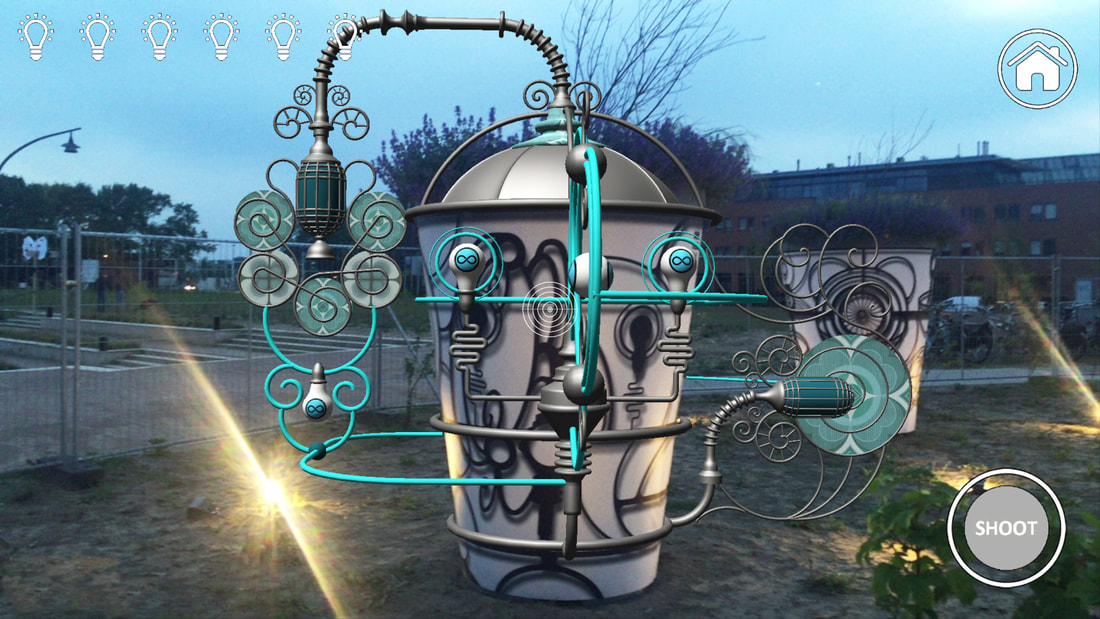
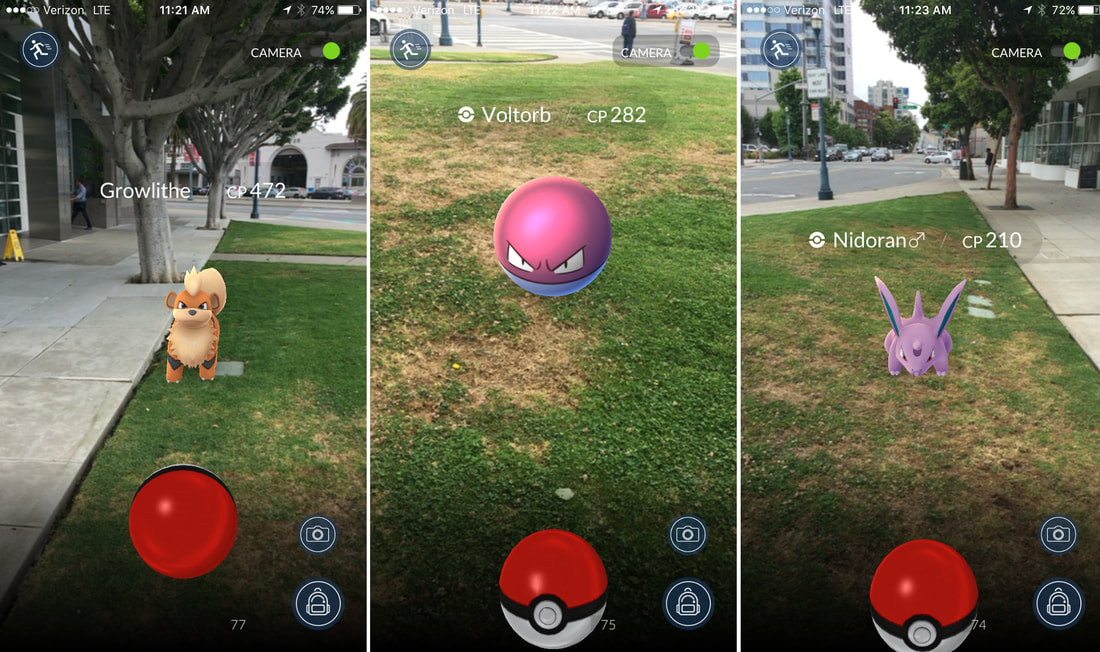
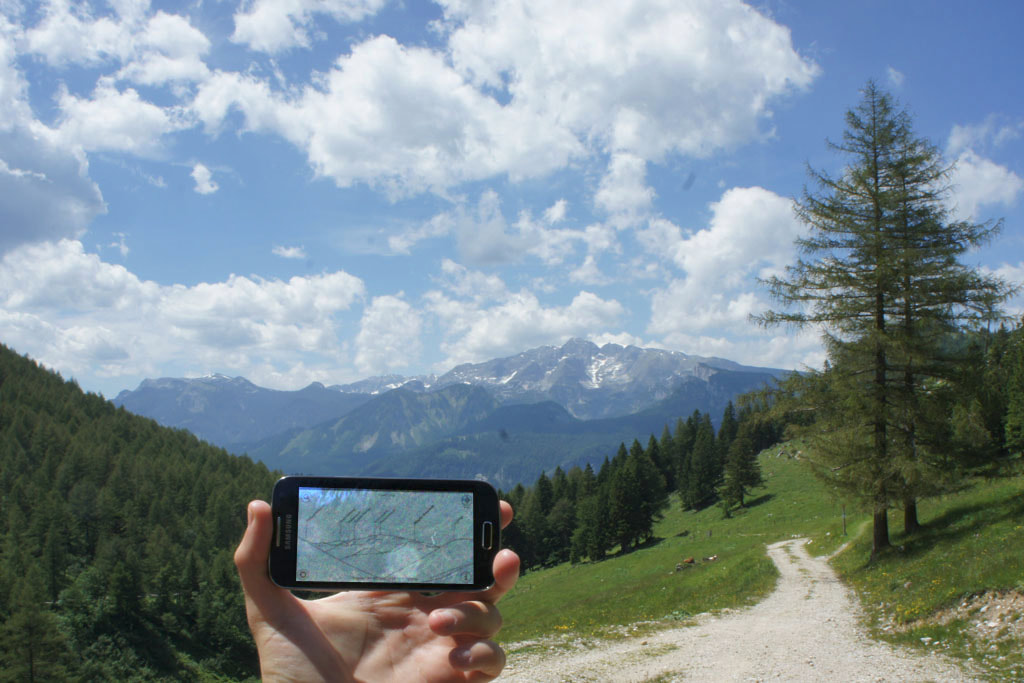
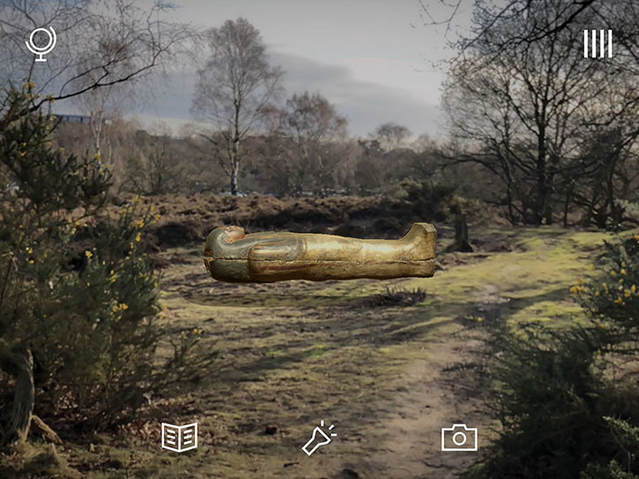
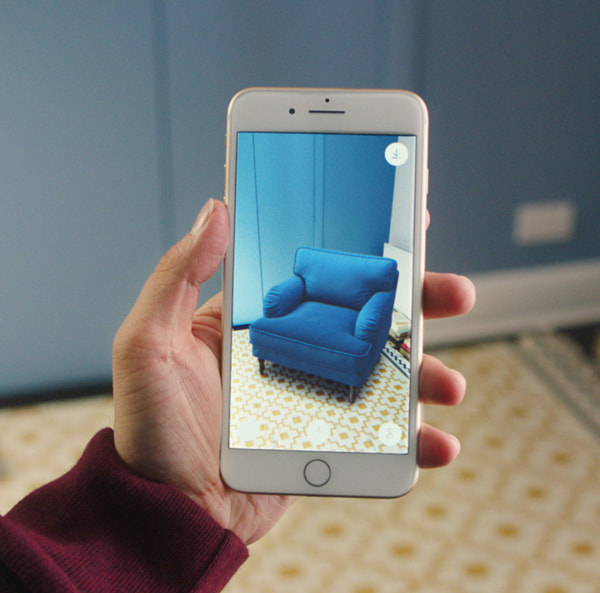
 RSS Feed
RSS Feed
